(9051 products available)







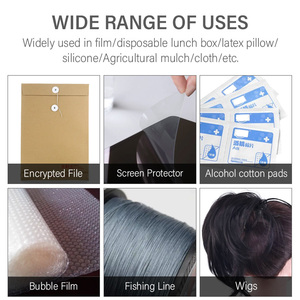



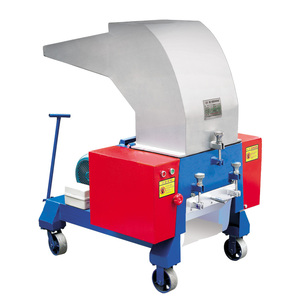

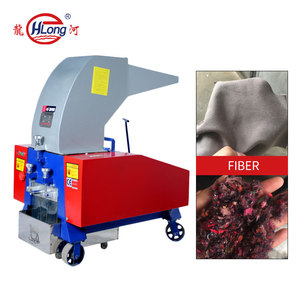









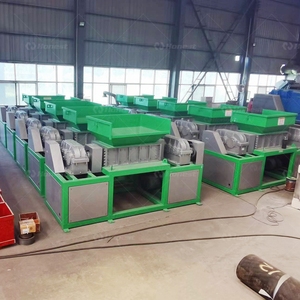
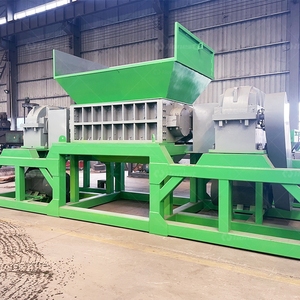











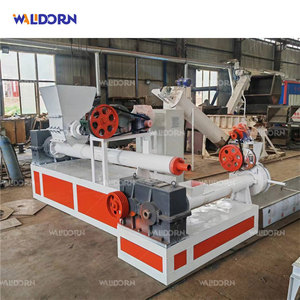

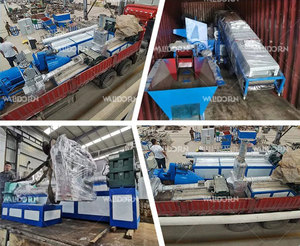

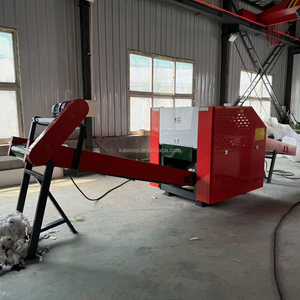





















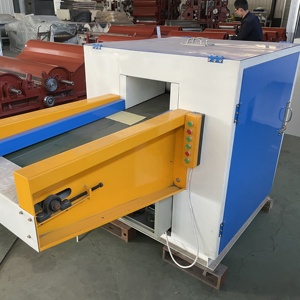














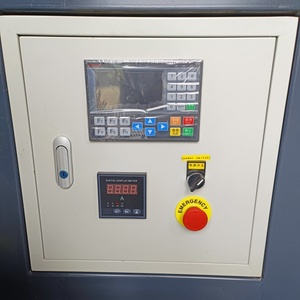






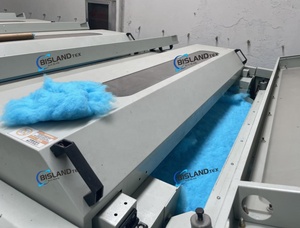



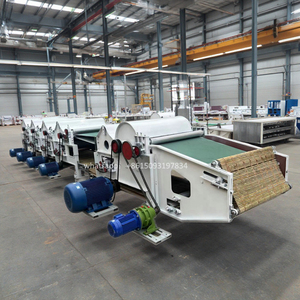





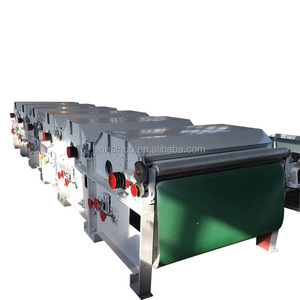




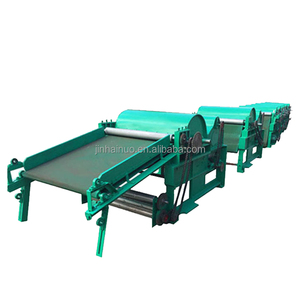




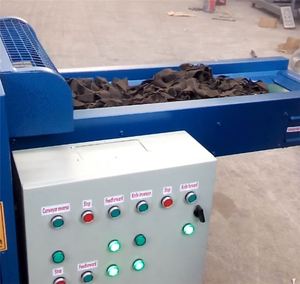



















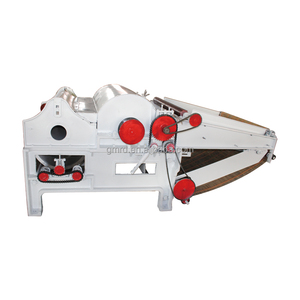








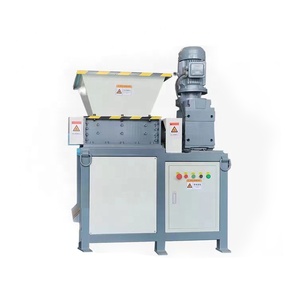
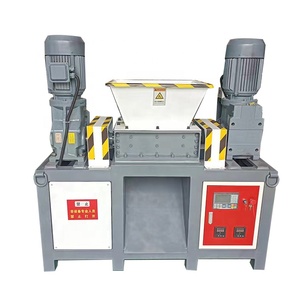



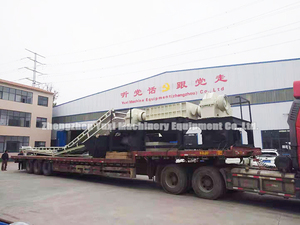

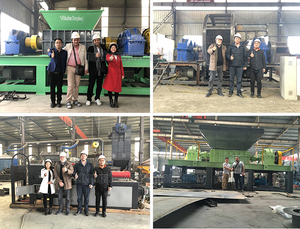



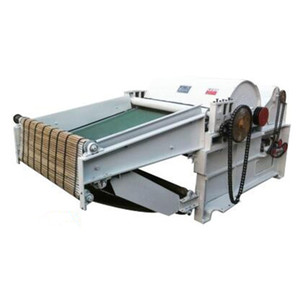








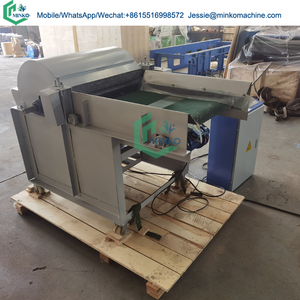




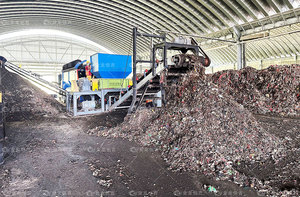
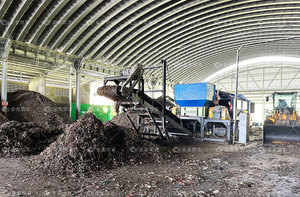









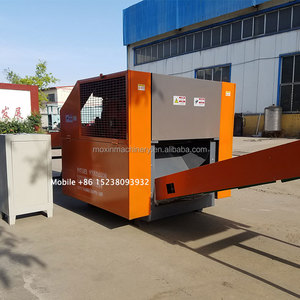











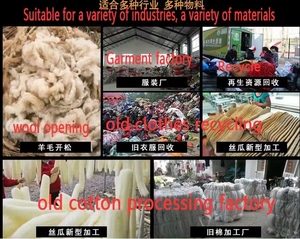





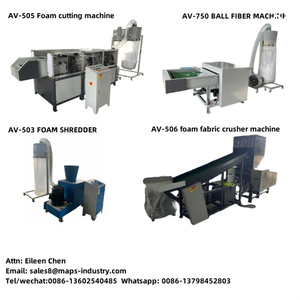

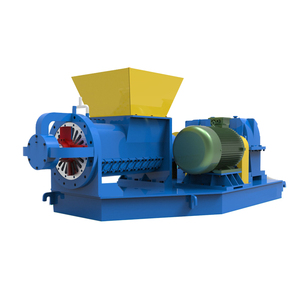





 Ready to Ship
Ready to Ship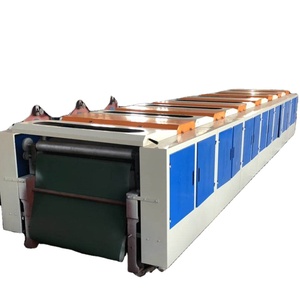
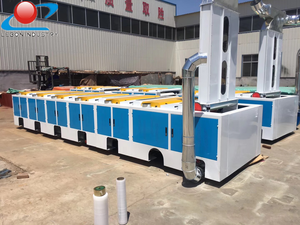




Pieces of clothing that people no longer wear, worn-out upholstery, curtains, and other household fabric waste fall into the fabric waste recycling machines category. Once these fabrics have been through the textile recycling machine, they may emerge as rags, quilting stuffing, insulation material, or other items.
Not every fabric is suitable for recycling, so it may be again worth a significant investment to ensure the machine can handle everything fed into it.
Several types of fabric waste recycling machines can turn rags into saleable products, some of which are also suitable for comprehensive industrial recycling operations.
Pre-Shredders:
A pre-shredder may be the only entry-level machine in a fabric recycling line. Its role is to shred whole items of wasted fabric into smaller pieces, which might make the material easier to handle or be the first step before feeding it into another machine.
Shredders:
The fabric waste recycling shredder does a similar job to the pre-shredder, but usually on a larger scale. This machine can shred various textile wastes, including teddy velvet, plush, flannelette, chemical fiber fabric, cotton fabric, knitted fabric, etc. It can handle any of these fabrics at a rate of 300-1,000 kg/hour, as opposed to the pre-shredder, which might only manage hundreds of kg in a day.
Industrial-scale fabric shredders use blade shafts that can shred general textiles with 10-15 pieces of blades per shaft. The blades operate at higher speeds than smaller machines, with greater torque applied to the fabrics, resulting in smaller-sized textiles. The smaller pieces are then further processed by fabric recycling granulators.
Granulators:
Granulators offer a finer level of shredding than shredders. Their job is to convert small textile pieces into an unrecognizable form that can safely be recycled. Many granulators are now fitted with double-layered blades and can process various wasteland fibers, including cotton, chemical, and textile fibers. They have the potential to produce fiber dust that can be used in various manufacturing industries, including construction, insulation, etc. Most are equipped with soundproof technology to limit the noise from granulating materials.
Dust Collectors:
The final step in a fabric recycling line is the dust collector. While this unwanted material may only resemble fabric dust, it takes considerable effort to collect even this small product. Dust collectors are engineered to meet the requirements of the fabric shredders and granulators. The fabric dust they collect is then sent off to be used in whatever product is made from recycled fabric dust.
Other types of machines may include a conveyor belt that will sort other items that could be put through the fabric recycling machine. Non-textile items such as buttons, zippers, and velcro are not shred-able materials that require sorting out before any recycling takes place.
Regular inspection and analysis:
It is crucial to regularly inspect waste fabric recycling machines. Check if screws or other fasteners are loose and tighten them in time. Also, regularly inspect key components such as belts and chains to ensure they are functioning properly.
Lubrication:
Yetzer fabric recycling machines need lubrication for them to work properly and be used for a long time. Therefore, regularly add lubricant to the moving parts, such as bearings and transmission mechanisms, ensuring smooth and hassle-free operations.
Replacement of wearing parts:
The recycling machine's wearing parts, such as blades and screens, need to be checked regularly and changed if they are worn out or damaged. Using a blade that is too worn out can change the fabric's recycling efficiency and quality.
Cleaning:
Over time, waste fabric recycling machine parts accumulate residue and dirt, affecting performance and efficiency. Hence, it's essential to clean different machine parts like the blades and screens frequently so that they are clean and tidy. Furthermore, operators should pay attention to cleaning the cooling system and air intake parts to avoid overheating and blockage of the machine.
Timely adjustment and debugging:
Over time, fabric waste recycling machines may loosen and deviate as a result of long-term operations. Therefore, operators should adjust and debug the machine parts so that they are in the right position and working well according to the operating manual.
Generally, the fabric recycling machines have easy-to-use applications. As mentioned earlier, these machines aid in recycling leftover textile fibers from the garment-making process.
Fabriq waste recycling machines can be used in different areas of the textile industry. Here are some of them:
When investing in fabric waste recycling machines for sale, it's important to ensure that they are chosen wisely for profitable business operations. A small machine may suffice for a college campus or small business. However, large-scale operations need a more robust machine with a larger capacity.
To begin with, operators should ascertain how much fabric waste they generate in a given time period. For example, an industrial fabric waste recycling machine will be used by manufacturers of clothing, upholstery, curtains, and other textile-related industries. These businesses can easily recycle up to 2 tons of fabric waste per day, so they will need large industrial machines in their recycling plants to handle the sheer volume of fabric waste. Moreover, a conveyor belt and destacking system for fabric waste recycling machines will have to be used daily in such a high-capacity industry to improve the efficiency of the recycling process.
When deciding what type of recycling machine to invest in, consider the type of fabric that needs to be processed. Most machines on the market can handle any type of fabric, including polyester, cotton, viscose, blend, etc. However, some may not be able to process certain materials like leather or thick canvas. Generally, the machine has a pre-shredder that breaks down the fabric into smaller pieces, followed by a refining unit that further processes the material into fiber.
Another important thing to look for are the safety features of the recycling machine being considered. Does it have any safety guards or emergency stop buttons? As users will be fabric recycling goods in bulk, it's vital to have safety features that will ensure the safety of operators.
It's always a good idea to test-run the recycling machine before making the final purchase. Ask the seller if the machine can be tested to see its operation and output quality. Does the machine offer segregated fibers? If not, what kind of end product will it produce? What is the value of that final product? These are some questions that need to be answered before the machine is finally bought and installed.
Q1. How much fabric waste can a recycling machine handle at a go?
A1. It depends on the machine’s capacity. Many machines have a fabric recycling speed of over 200 to 600 kg per hour. Large-scale machines can handle over 1,000 kg per hour or more.
Q2. What types of fabrics can a recycling machine handle?
A2. A fabric waste recycling machine can handle various types of fabrics, including natural fibers, synthetic fibers, blends, and non-woven fabrics. Some machines are designed to process only specific fabric types, so checking the manufacturer's specifications is essential.
Q3. What happens to the fabric waste after recycling?
A3. The fabric waste is usually made into polyester fiber, which can be used to make new products, including new fabrics. Some machines can produce felt, insulation material, or stuffing for pillows and mattresses. Recycled fabric can also be made into yarn.
Q4. Can all textile waste be recycled?
A4. Unfortunately, not all textile waste can be recycled. Highly contaminated textile waste, like carpets and fabric with non-recyclable materials, must be link contaminated, such as mixed fibers, cannot be processed. They end up in landfills.
Q5. Can a fabric recycling machine be mobile?
A5. Yes. A mobile textile recycling unit is transported to different locations to recycle fabric on-site, reducing transportation costs and carbon emissions.